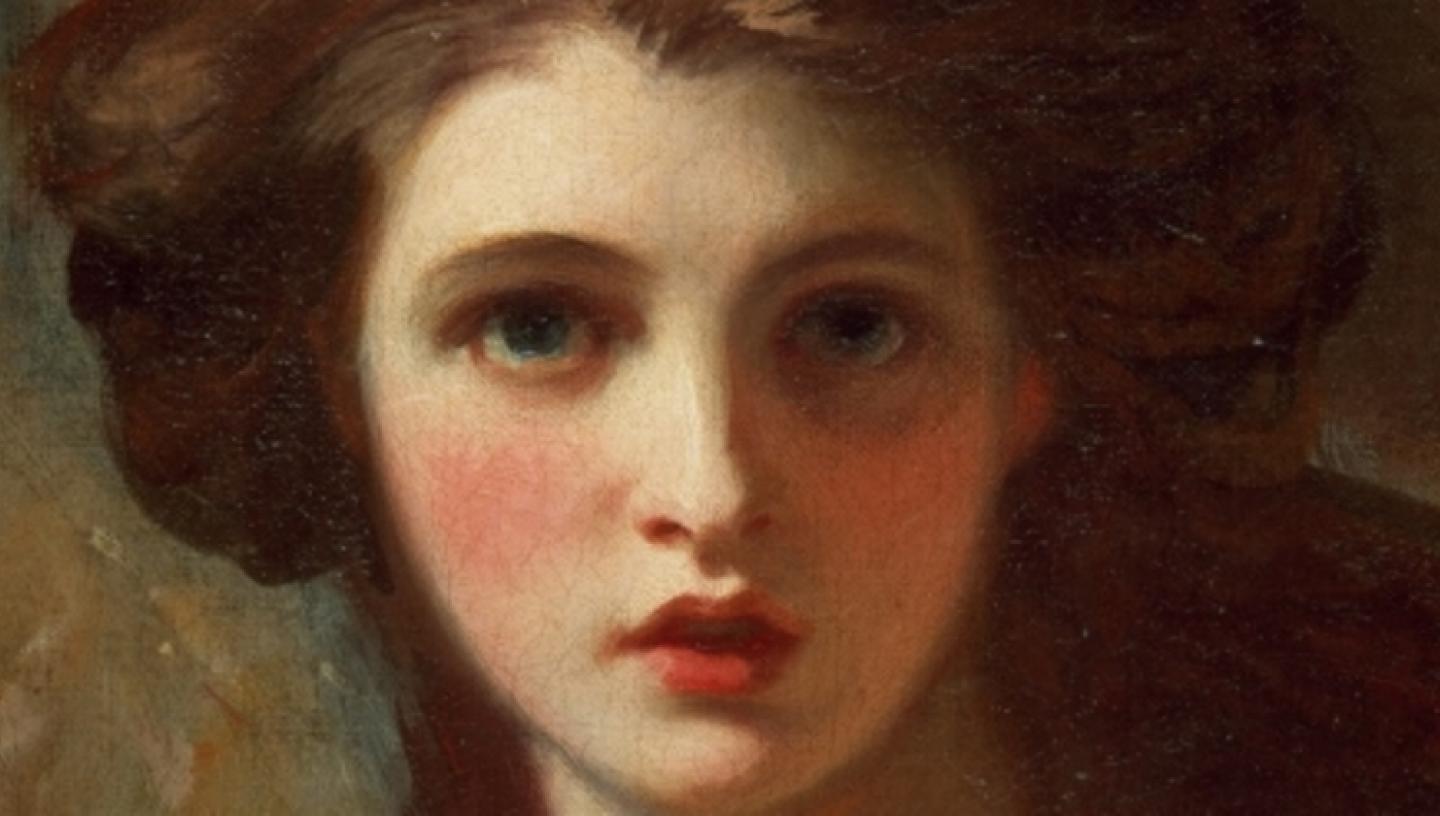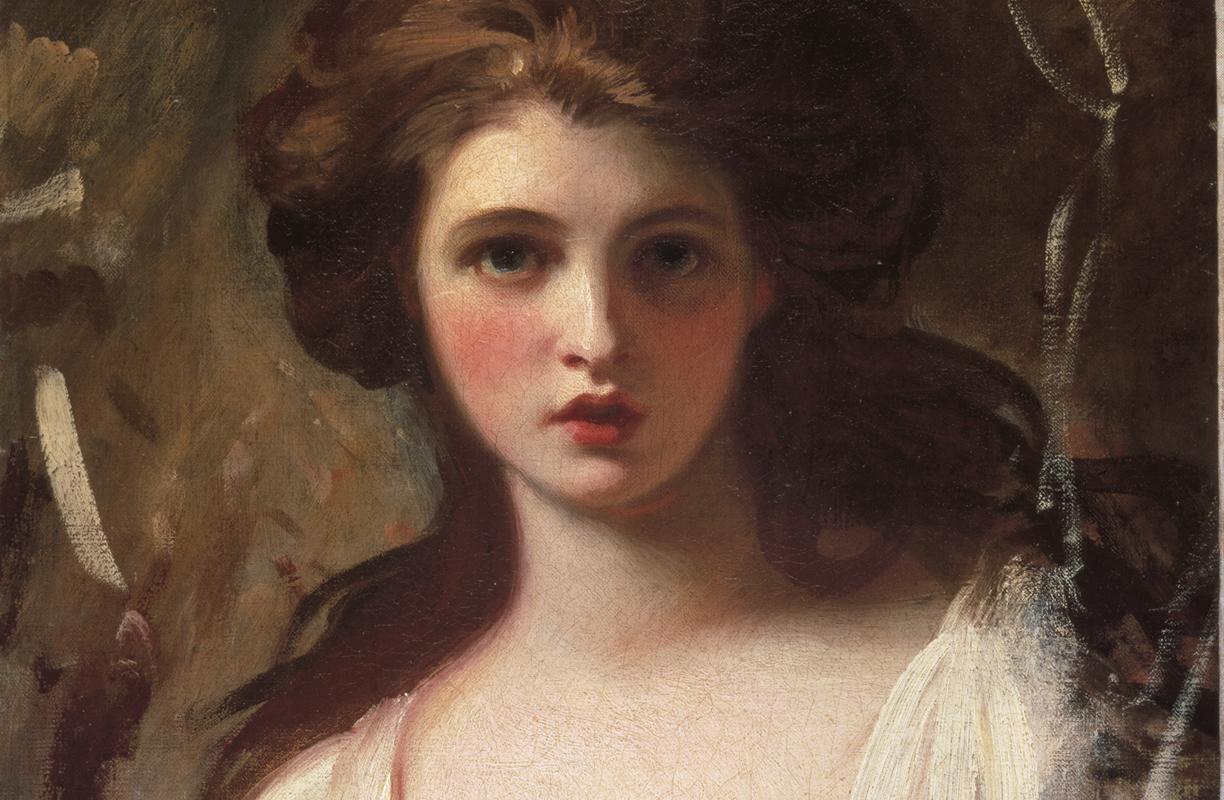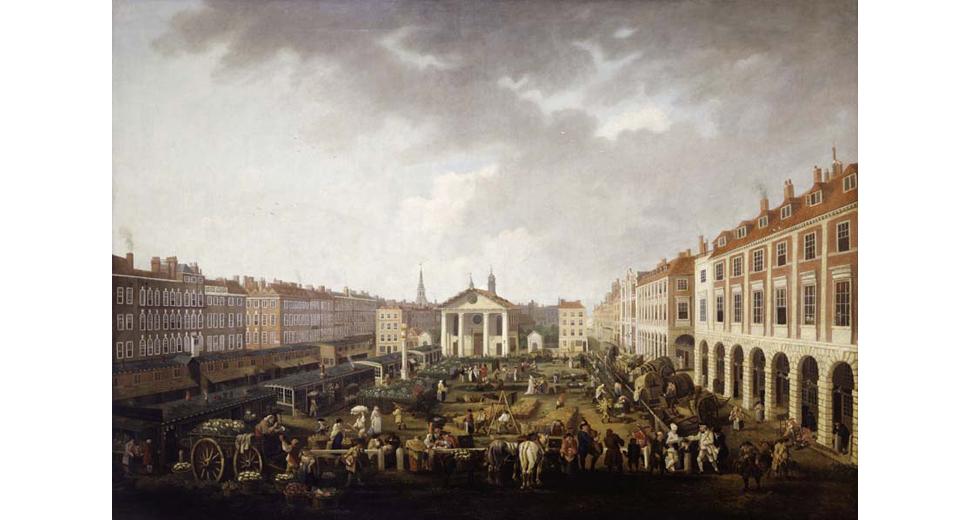
06 Dec 2016
Emma Hamilton was an extraordinary woman who inhabited many identities throughout her life. In our blog series, Emma Hamilton: Seduction and Celebrity, Dr Quintin Colville explores them all.
Emma Hamilton is usually known as the lover of the great naval hero, Admiral Lord Nelson. However, this reductive stereotype obscures the many other facets of her extraordinary and eventful life. In order to illuminate Emma’s path, our blog series threads together a sequence of the more important identities that Emma inhabited during her forty-nine years. Mistress is not one of them. The first in this remarkable progression is that of ‘servant’.

Emma Hamilton: Servant
Born in 1765, Emma’s earliest years were spent in poverty in rural Cheshire. Christened Emy Lyon, her father was a blacksmith, her mother a servant. In later years she would conquer social, cultural and artistic peaks but, for the young Emy, a life of domestic service beckoned. She found work as a nursemaid with the family of Dr Thomas, a surgeon with a practice in Chester.
At the age of 12 or 13, the possibility of better wages and prospects drew Emma to London. She arrived there in 1777-8, and was employed in the household of Dr Richard Budd in Chatham Place, Blackfriars. It would have been a life of hard physical work – cleaning, scrubbing, sweeping and mopping. She is likely to have worked next as maidservant to the Linley family. Thomas Linley owned a major shareholding in the Theatre Royal, Drury Lane, with the playwright Richard Brinsley Sheridan. Linley’s wife, Mary, managed the theatre’s costumes.

The Linleys must have seemed vivid and exciting: talented in music and drama and located at the heart of Covent Garden’s glamorous world. Perhaps this was what drew Emma to their door. Certainly, she would also have been aware that her friend and fellow servant in Chatham Place – Jane Powell – was aiming for a career on the stage. Covent Garden was a cultural melting pot and the centre of London’s creative life. Artists, dramatists, poets and actors rubbed shoulders with aristocrats flocking to the theatre. With the piazza at its heart, the area was equally home to London’s grimier realities, and well known for prostitution and criminality.
Emma’s work for Mrs Linley would have given her a behind-the-scenes glimpse into a realm of performance. She doubtless saw many of the great stage actresses of the day, famous figures such as Sarah Siddons and Mary Robinson. Opportunities would have abounded for her to study their theatrical expressions and gestures, their tricks of costume and the power that a confident and fashionable appearance could wield.
Moreover, in an age when social mobility was extremely restricted, Covent Garden offered routes to prosperity. Blessed with good fortune, even a humble servant girl could rise through beauty and talent to a place in the public eye as a performer or a courtesan. It was a road crowded with hazards and defined by sexual exploitation. But Emma never accepted that her place on the lowest rungs of society was non-negotiable or permanent. For her, domestic service was the means to a different end – even if that destination was at this point only vaguely defined.
Next: Seductress